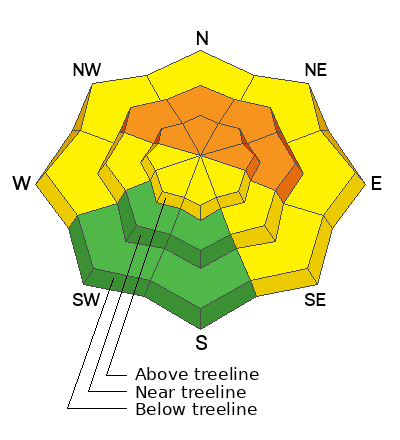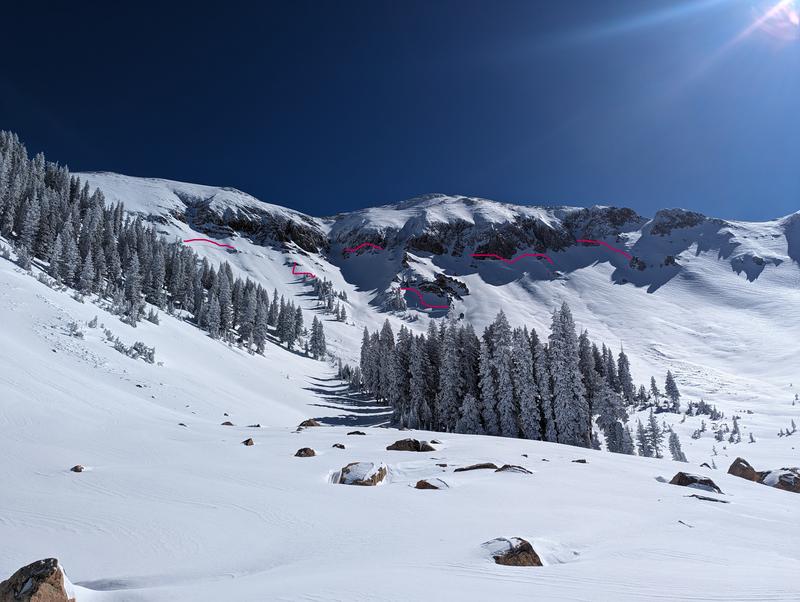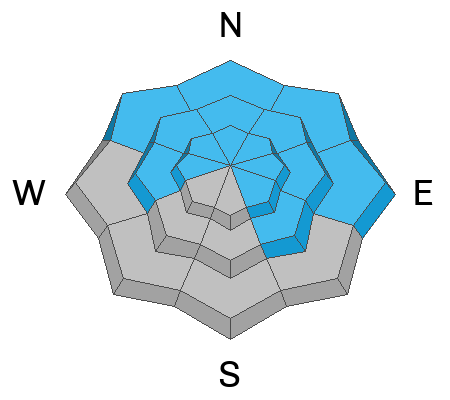Forecast for the Moab Area Mountains

Issued by Dave Garcia on
Tuesday morning, February 6, 2024
Tuesday morning, February 6, 2024
The avalanche danger is CONSIDERABLE on steep slopes that face NW-N-NE-E for triggering deep and dangerous avalanches 3-6 deep failing on a buried persistent weak layer (PWL). Human-triggered avalanches are LIKELY on these slopes. The PWL also exists on slopes that face W and SE and lower elevation Northerly aspects. On these slopes, the avalanche danger is MODERATE, and large, destructive avalanches remain POSSIBLE.
Strong southerly winds are creating fresh slabs of wind-drifted snow that will be reactive to the weight of skiers and riders. Backcountry travelers will encounter reactive drifts on all aspects above treeline and on leeward slopes near treeline.
Heads-up! A strong atmospheric river event will impact the La Sals tonight and avalanche danger will be on the rise.

Low
Moderate
Considerable
High
Extreme
Learn how to read the forecast here










